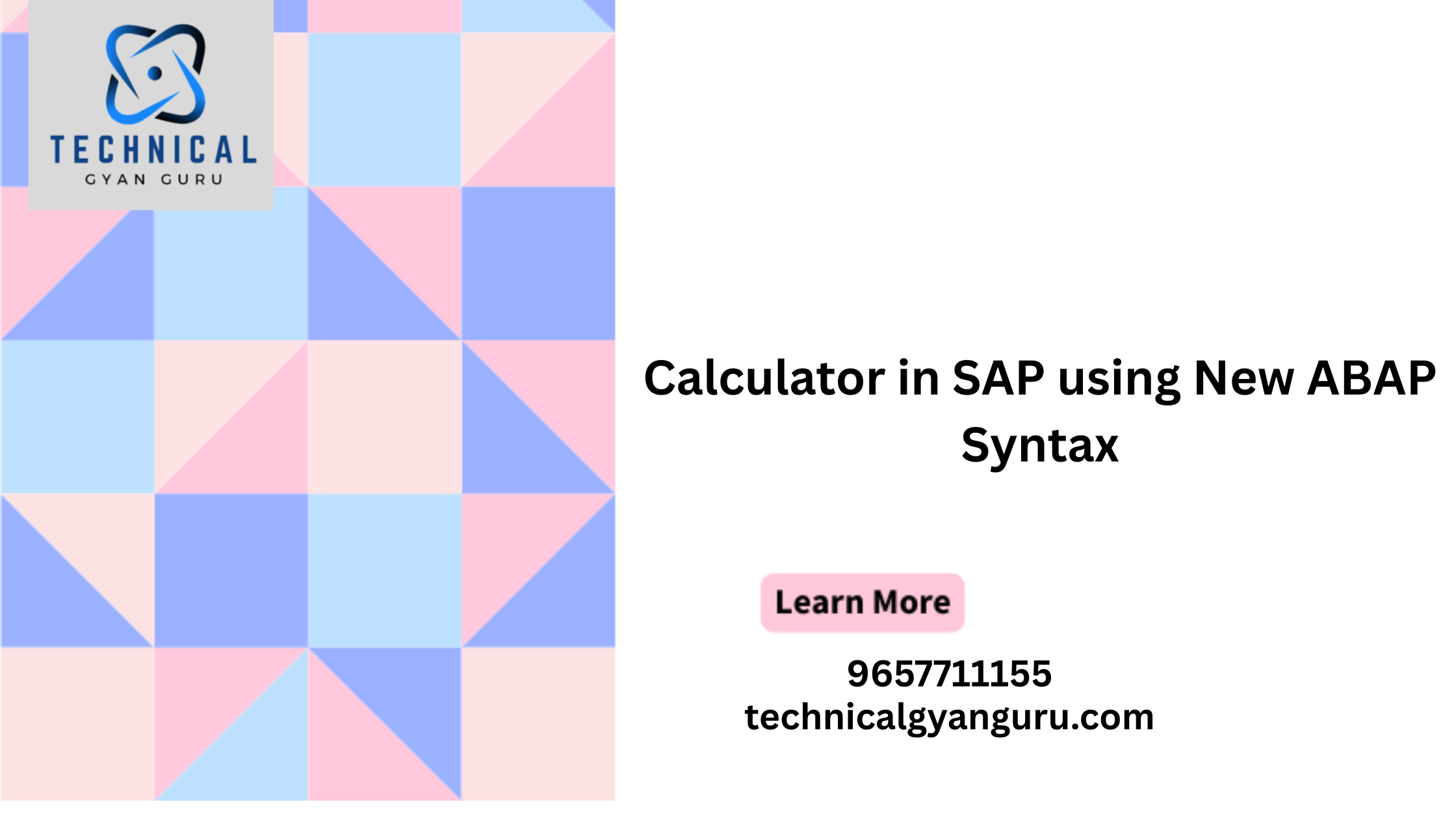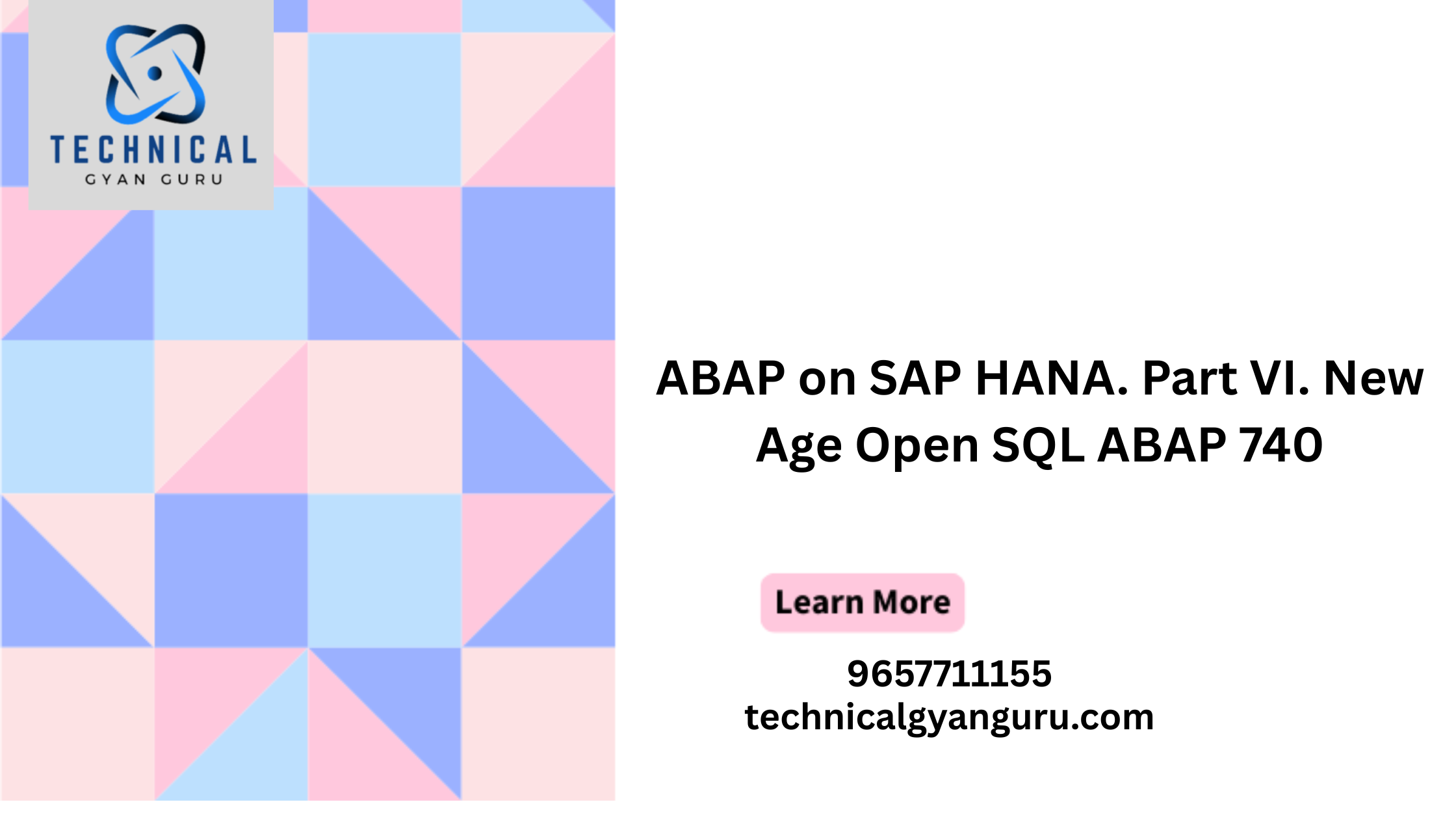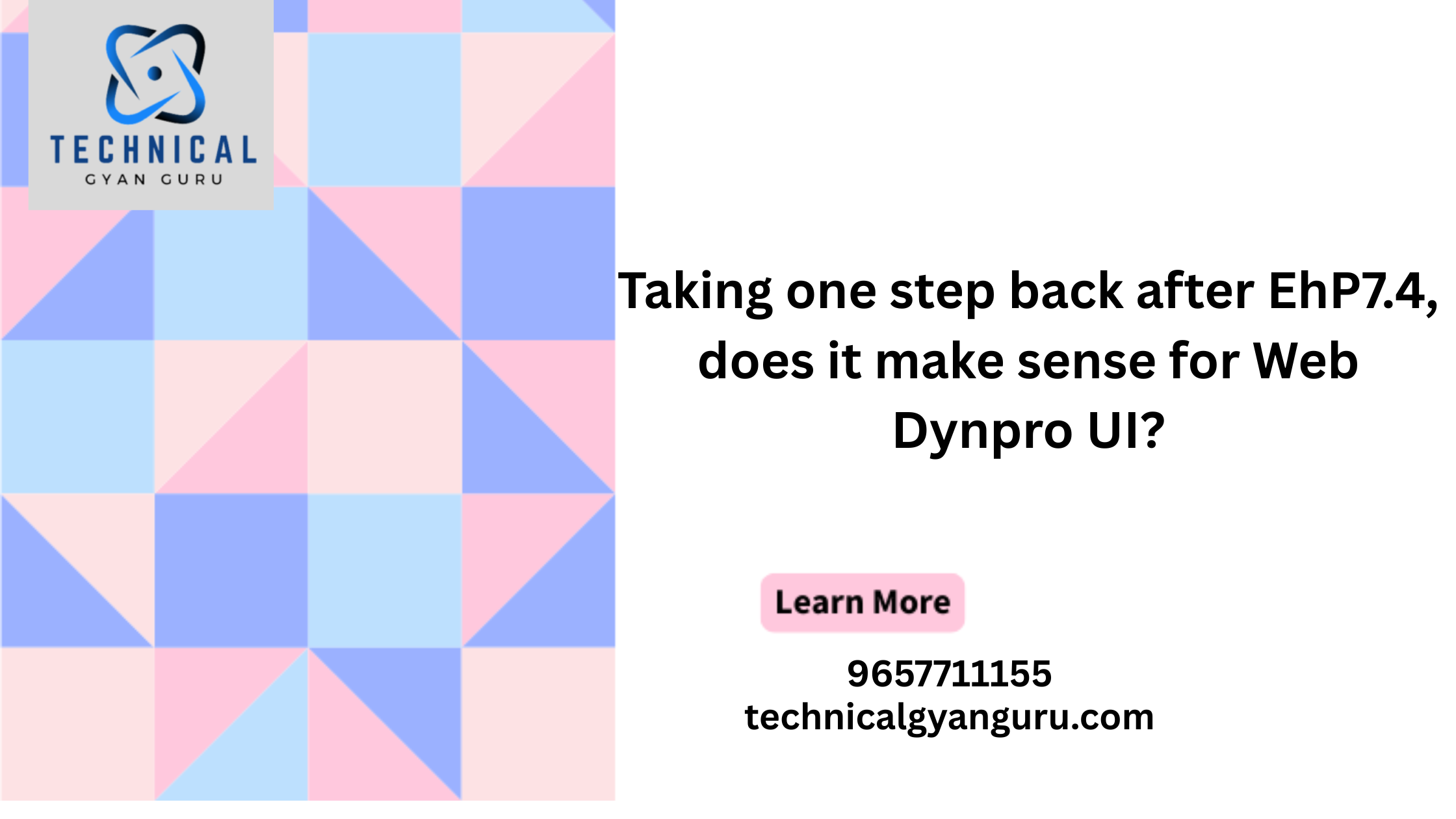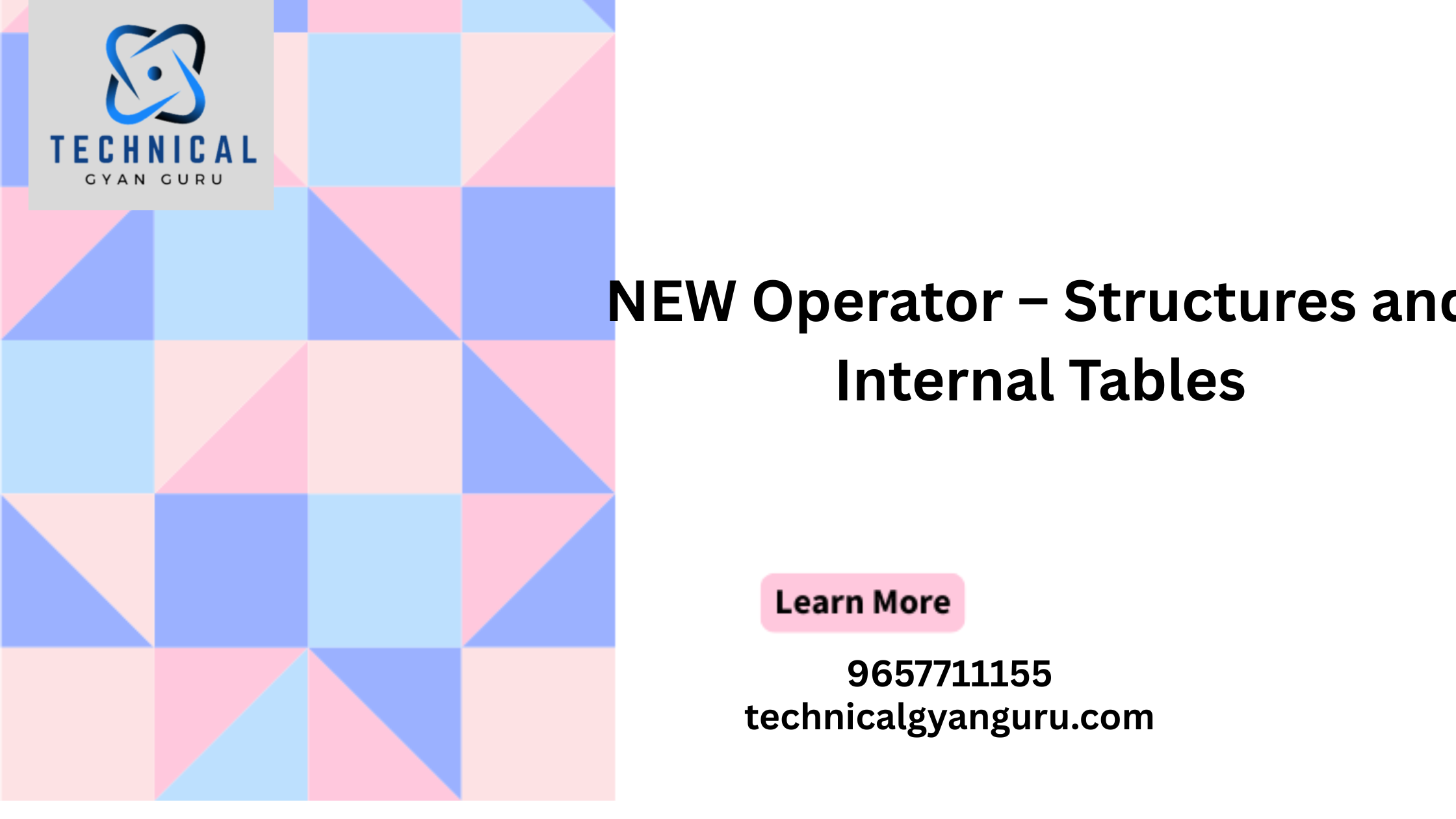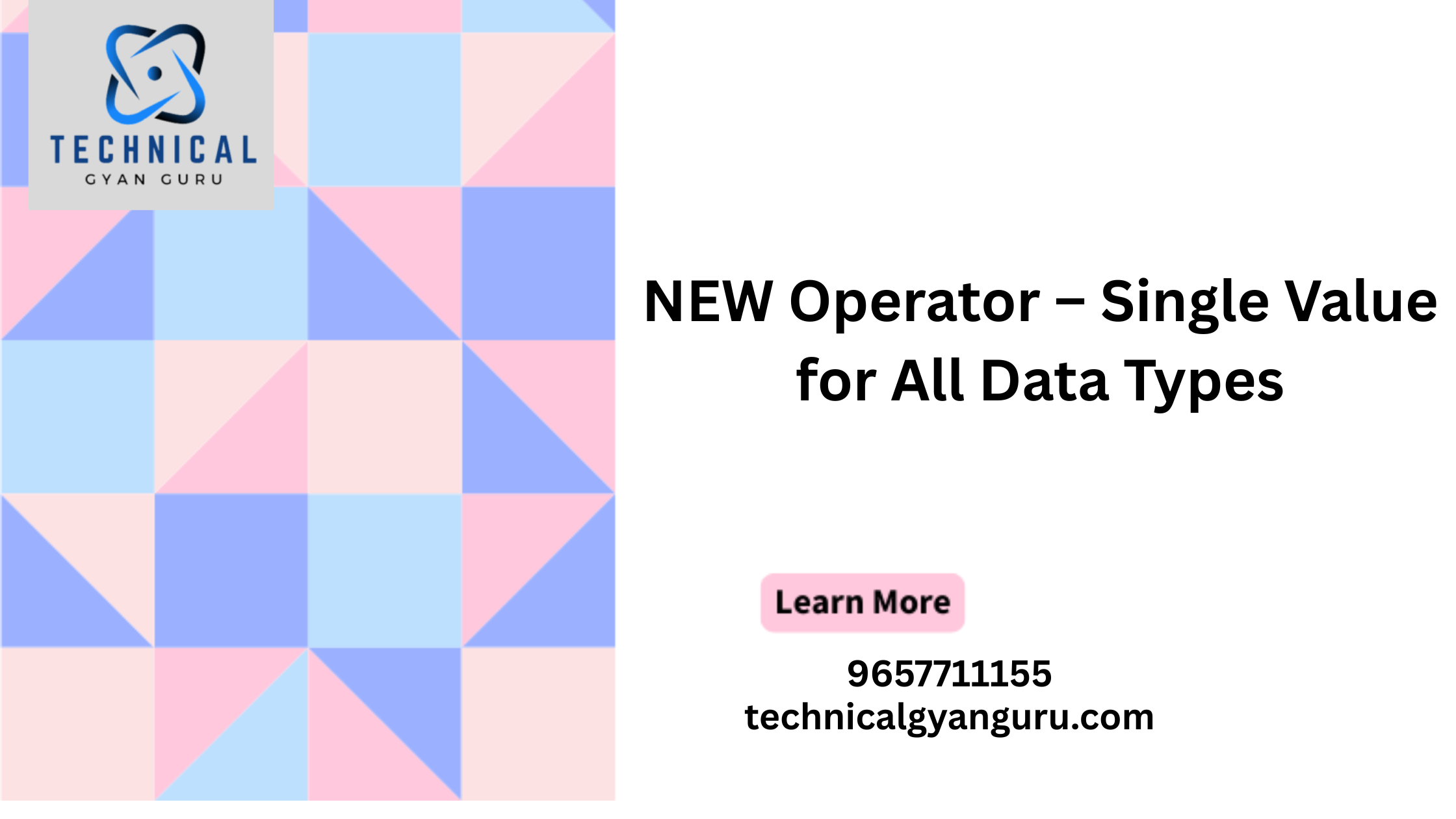Introduction: IoT Frameworks
IoT Frameworks: The Internet of Things (IoT) has become an integral part of our connected world, with billions of devices communicating and exchanging data. To facilitate the development of robust and scalable IoT applications, developers often rely on IoT frameworks. In this comprehensive guide, we will explore various IoT frameworks, their features, and how they contribute to building efficient and secure IoT ecosystems.
What Are IoT Frameworks?
IoT frameworks are software architectures or platforms that provide a set of tools, libraries, and services to simplify the development, deployment, and management of IoT applications. These frameworks streamline common IoT challenges, such as device connectivity, data processing, security, and interoperability.
1. Open Source IoT Frameworks:
a. Eclipse IoT:
- Overview: Eclipse IoT is a set of open-source projects under the Eclipse Foundation that cover various aspects of IoT development. It includes projects like Eclipse Mosquitto for MQTT messaging, Eclipse Paho for client implementations, and Eclipse Kura for IoT gateway management.
b. ThingsBoard:
- Overview: ThingsBoard is an open-source IoT platform that focuses on data visualization, device management, and analytics. It supports various IoT protocols, including MQTT and CoAP, and provides customizable dashboards for real-time monitoring.
c. IoTivity:
- Overview: IoTivity is an open-source project hosted by the Open Connectivity Foundation (OCF). It provides a framework for building secure and interoperable IoT solutions, emphasizing device discovery, data sharing, and communication between devices.
2. Cloud-Based IoT Platforms:
a. AWS IoT:
- Overview: Amazon Web Services (AWS) IoT is a comprehensive cloud platform that simplifies IoT development and management. It includes features like device management, secure device connectivity, and integration with other AWS services for data processing and analytics.
b. Azure IoT Suite:
- Overview: Microsoft Azure IoT Suite is a collection of cloud services designed to accelerate IoT application development. It offers solutions for device connectivity, data storage, real-time analytics, and integration with other Azure services.
c. Google Cloud IoT:
- Overview: Google Cloud IoT provides a suite of cloud-based services for building, deploying, and scaling IoT applications. It includes tools for device management, data processing, and integration with other Google Cloud services like BigQuery and TensorFlow.
3. Edge Computing IoT Frameworks:
a. EdgeX Foundry:
- Overview: EdgeX Foundry is an open-source project under the Linux Foundation that focuses on building a vendor-neutral framework for edge computing in IoT. It provides a set of microservices for device connectivity, data processing, and interoperability.
b. Azure IoT Edge:
- Overview: Azure IoT Edge is an extension of Microsoft’s Azure IoT services designed for edge computing scenarios. It enables running cloud workloads locally on IoT devices, facilitating real-time analytics and reducing latency.
c. AWS IoT Greengrass:
- Overview: AWS IoT Greengrass extends AWS IoT capabilities to edge devices, allowing them to run AWS Lambda functions locally. It enables edge devices to perform data processing and act on local data, enhancing responsiveness and reducing dependence on the cloud.
4. Communication Protocols:
a. MQTT (Message Queuing Telemetry Transport):
- Overview: MQTT is a lightweight and efficient communication protocol commonly used in IoT. It follows a publish-subscribe model, allowing devices to exchange messages in a scalable and asynchronous manner.
b. CoAP (Constrained Application Protocol):
- Overview: CoAP is a protocol designed for resource-constrained devices in IoT. It operates over UDP, making it suitable for low-power devices. CoAP simplifies communication for devices with limited resources.
c. AMQP (Advanced Message Queuing Protocol):
- Overview: AMQP is a messaging protocol that facilitates communication between devices in an IoT ecosystem. It supports reliable message delivery, making it suitable for scenarios where data integrity is critical.
Conclusion:
Selecting the right IoT framework is a pivotal decision in the journey of building scalable and efficient IoT applications. Whether you opt for open-source frameworks, cloud-based platforms, or edge computing solutions, it’s essential to align your choice with the specific requirements of your IoT project. As the IoT landscape continues to evolve, staying informed about emerging frameworks and protocols will empower you to make strategic decisions and navigate the complexities of IoT development with confidence. Embrace the possibilities of IoT frameworks, and embark on a journey to create innovative, connected solutions that shape the future of our interconnected world.


